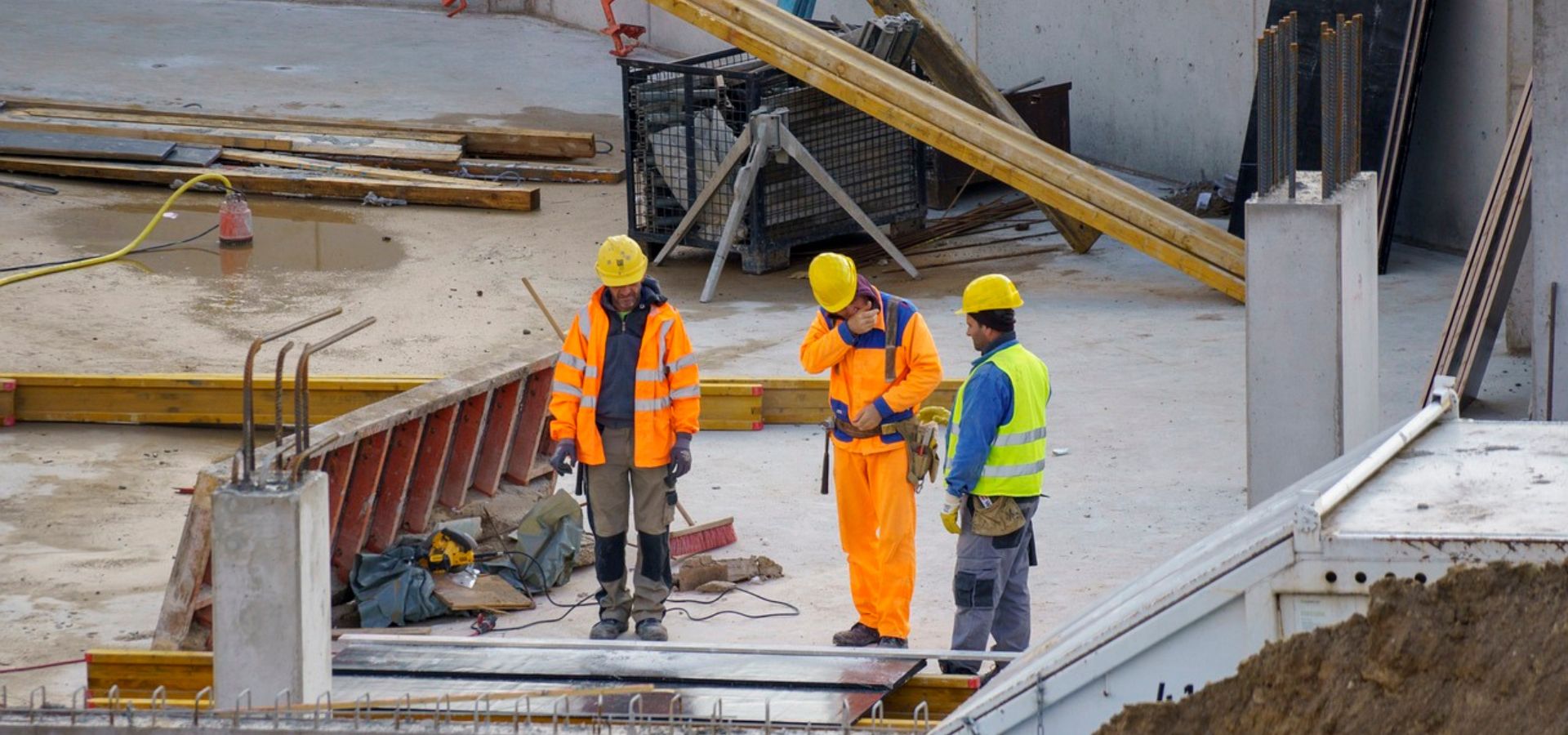Which Type of Truss Component is the Strongest?
Common types of trusses: Trusses are essential elements in building construction, along with other large structures. These “triangulated” frameworks ensure that weight is distributed evenly and are thus much more effective than solid beams. The strength of a truss depends on its actual design and the material used. We will examine the types of trusses in detail and try to identify the ones with the most significant strengths.
Common types of trusses: Key Components of a Truss
Trusses have three main components:
- Chord – the upper member that resists most of the loading;
- Bottom – the lower member that runs parallel to the chord;
- Members of Struts – the bars or rods that connect the chord and the bottom and help to transfer forces.
Types of Trusses and Their Strength
The types of trusses are designed to resist specific loads, providing varying degrees of strength in the process. Here is an outline of trusses, some common, along with their strength characteristics.
- Octet Truss: An Octet Truss design is considered one of the most substantial. Interwoven in equilateral triangles, the truss transmits loads across the three-dimensional structure. It is used for unique instances where extremely high strength is needed, such as aerospace and high-load applications. However, its complex design makes it quite difficult to engineer and construct.
- Warren Truss: The Warren Truss is a simple, firm structure: a linear series of equilateral triangles. These triangles evenly distribute the loads present, ensuring the design is efficient and durable. Truss designs are primarily employed in bridges due to their reliability and strength in tension and compression for medium and large spans.
- Pratt Truss:It consists of vertical and diagonal members. Vertical members are under compression, and diagonal ones are under tension. This balanced system supports heavy loads, especially on bridges. It is well suited for structures that require strength and efficiency, making it the popular choice for large bridges.
- King Post Truss: Although not quite as robust as another truss design, the King Post remains a reliable option for smaller application types. The king post has a central vertical member propped up by two angled struts. This uncomplicated design simplifies construction and generally finds applications in residential roofs or small bridges, the strength of which is sufficient to carry loads that are not very demanding.
- Bowstring Truss:The curved top of the Bowstring Truss provides additional strength and stability. The curve carries weight over a wider span, making the truss suitable for large roofs or open spaces. The Bowstring Truss might not be the strongest in specific applications, but it is highly favorable when long continuous spans are desirable, as in a warehouse or airplane hangar.
- Lenticular Truss:The Lenticular Truss is quite uniquely shaped, having a curved top and bottom to help distribute weight evenly over long distances. This truss works well with long-span bridges and large structures, but its workability is generally inferior to that of its Octet or Warren counterparts. It does perform best in heavy loadings across wide spans.
- Lattice Truss: These diagonal members crisscross. This provides a good compromise between strength and flexibility, especially for long spans with light loads. It is used in rail bridges and towers, where weight distribution is essential over vast areas but not necessarily under concentrated loads.
Strongest Truss
Weight-bearing capacity strongly influences octet truss design. Forming a structural design comprising a web of interconnecting equilateral triangles is tough. In such a case, it is most useful where maximum loads are to be suspended, such as down high-heaved aerospace environments. The other strong but popularly applicable ones are the Warren and Pratt Truss. These two are practical choices for bridges or general construction.
However, the best truss type will depend on the project-specific requirements regarding load capacity, span length, and material restrictions. Different types of trusses have several advantages, so choosing the correct one ensures optimum performance for your structure.

